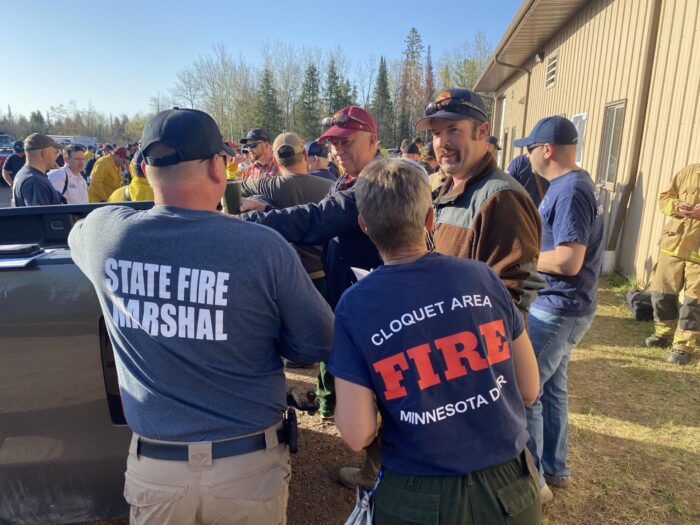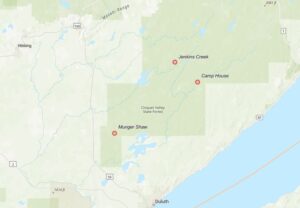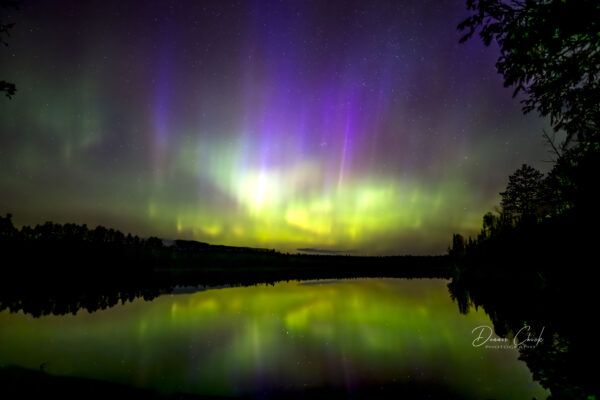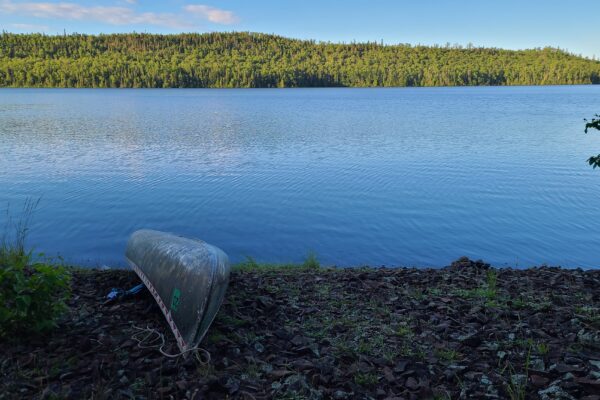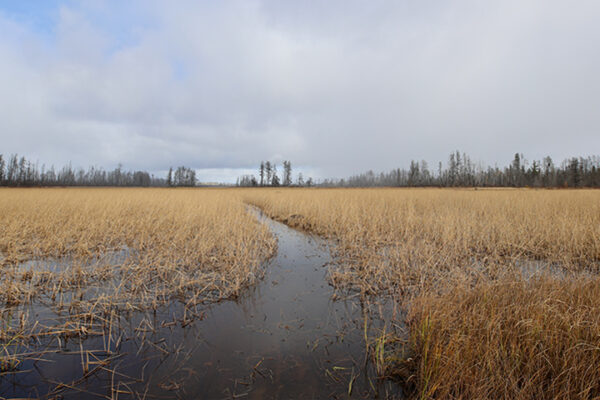Wildfires continue to expand across northern Minnesota
Warm and dry conditions continue across northern Minnesota as firefighters continue to battle three wildfires in St. Louis County.
In the last 24 hours, the Camp House and Jenkins Creek fires have grown significantly, burning nearly 35,000 acres. The Munger Shaw fire, located southeast of Cotton, has been moving more slowly, with 1,600 acres burned as of Wednesday.
Superior National Forest closures in the vicinity of Brimson are in effect, according to the U.S. Forest Service. The emergency restrictions are necessary for the public’s health and safety due to the wildland fires in the vicinity of the affected lands, roads, waters, trails, and all recreation sites, the Forest Service order says.
The closures include Cadotte Lake Campground, Norway Point, Pine Lake, Salo Lake, Sand River Rustic Campground, Seven Beaver Lake, Big Lake, Round Lake, Butterball Lake, and Steer Lake.
Below is a look at the three wildfires as of Wednesday morning.
Camp House fire near Brimson
- 14,979 acres
- Zero-percent contained
- At least 140 structures destroyed
- Fire remains active and is spreading. It has been actively growing to the north, west, and east into Lake County. Hwy 44 is shut down between Hwy 16 and Brimson Rd.
- As of Tuesday afternoon, pre-evacuation orders are in place for the Kane Lake, Marble Lake, and Thomas Lake areas.
Jenkins Creek fire near Hoyt Lakes
- 20,593 acres
- Zero-percent contained
- At least one structure confirmed destroyed, multiple others reported, but conditions are unsafe to check on potentially impacted homes or cabins
- Fire has been actively growing to the north and west along Hwy 16. Hwy 16 is closed from Town Line Rd to Camp 26 Rd. Cadotte Lake Campground is closed.
- St. Louis County Public Health and the American Red Cross have opened a shelter at the Fredenberg Community Center.
Munger Shaw fire southeast of Cotton
- 1,600 acres
- Zero-percent contained
- Fire actively grew on Tuesday, primarily north along Hwy 15.
- As the fire moves north, evacuations have begun in the Pioneer Lake area along the Morley Beach Rd. Evacuation orders have been updated and are being reviewed.
During a Tuesday fire briefing at the Two Harbors Fire Department, Incident Commander for the Camp House fire, Ryan Williams, said that fire behavior has been “dynamic.”
The biggest challenge has been “spot fires,” where as the trees are burned, it throws out embers and is distributed across the forest like “confetti,” Williams said.
“Which makes it really challenging for firefighters,” he said.
Most of the fire is burning in spruce budworm-infested stands of forest. Another factor adding to the equation is something Williams said is known as “spring dip,” where, as the trees prepare to bud and produce foliage, conditions will be drier, contributing to more receptive wildfire fuels.
“There are a lot of receptive fuels everywhere,” Williams said.
Precipitation is expected on Thursday and into the weekend, according to the National Weather Service. Temperatures will drop into the 50s and 60s, with a 90% chance of showers expected on Thursday night.
“We’re really optimistic about the moisture coming this week,” Williams said. “Ideally, we’ll get some really good precipitation from that will bring some relief.”
With multiple agencies assisting in the fire, including more recently the Minnesota National Guard, Williams said the response from state and federal first responders has been incredible.
“We’ve had a great response with our federal partners throughout the state,” Williams said. “We’ve had a great response from across the country as responders are coming from all over.”
In-state and out-of-state resources will continue building fire lines using heavy equipment around the wildfires, and air resources will continue suppressing the fire on Wednesday.
A video by the National Oceanic and Atmospheric Administration showing the Jenkins Creek and Camp House fire on May 13 showing the heat signatures and smoke plumes from the intense wildfires is below.





